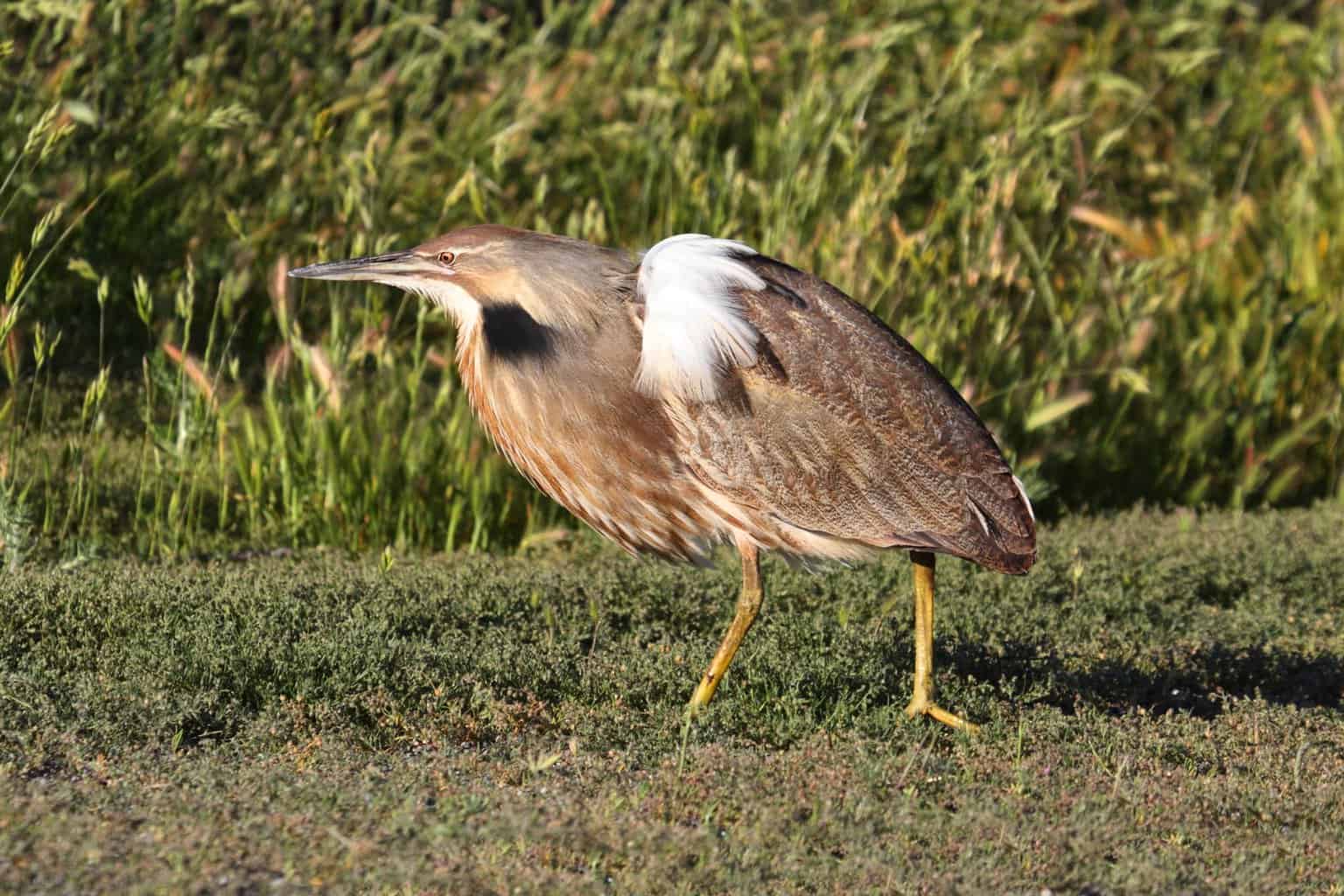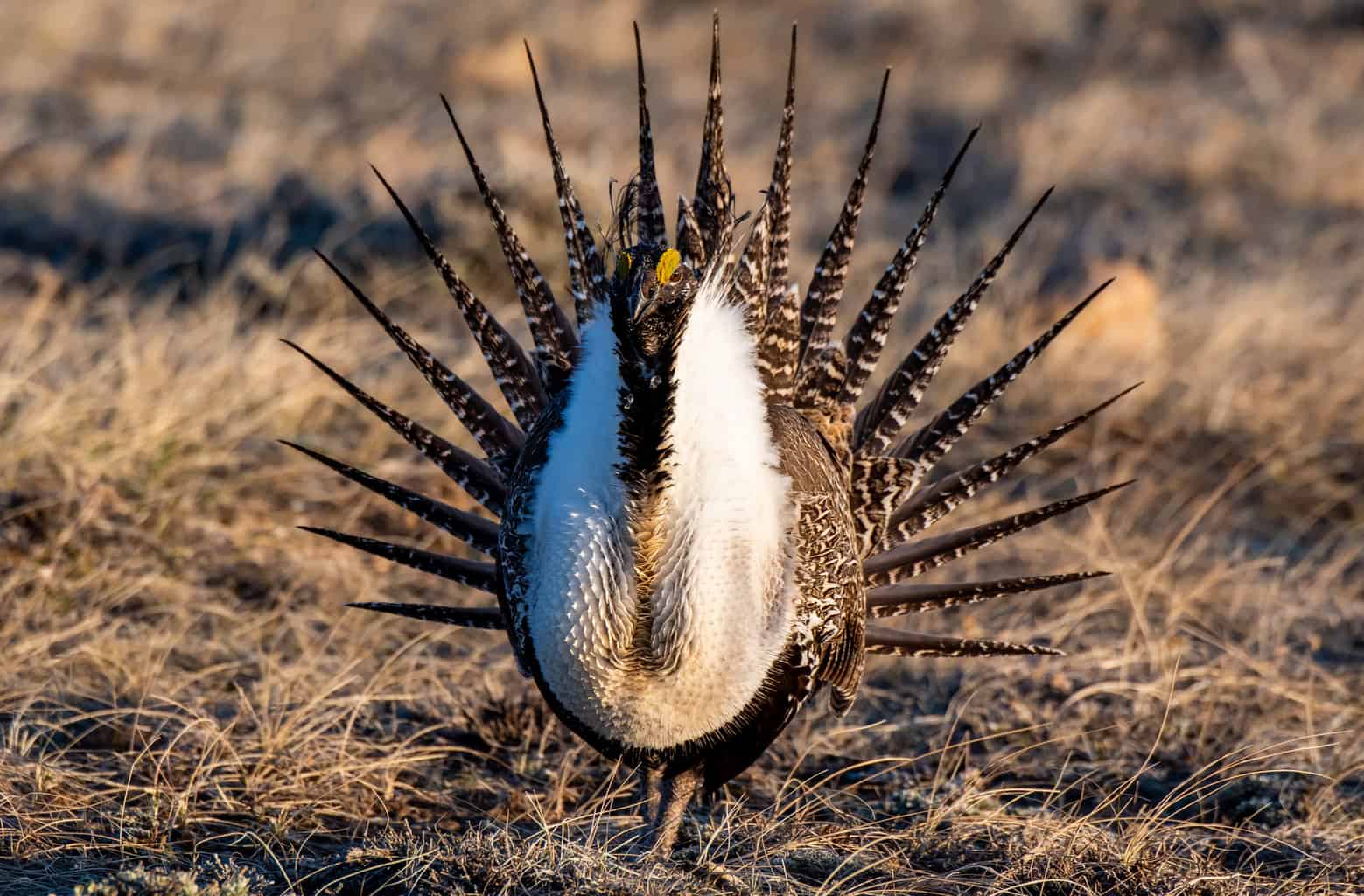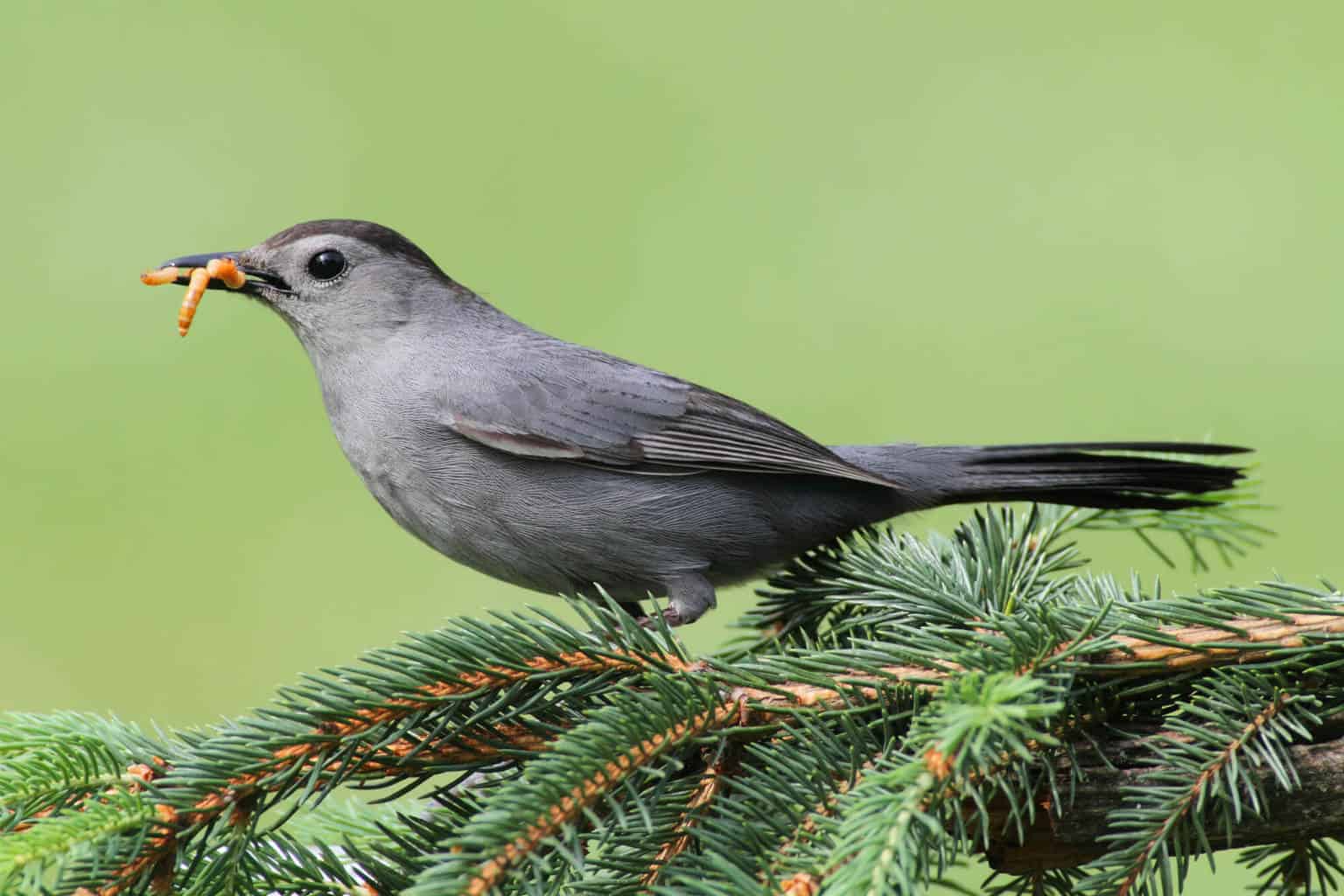We don’t usually think about snakes and birds as having a lot in common, but Burrowing owls are an unusual kind of bird!
Burrowing owls have an incredibly interesting trait: they sound like rattlesnakes.
Burrowing owls and rattlesnakes also choose similar housing because they both live in burrows. Even though there are areas where there are either Burrowing owls or rattlesnakes, there are quite a few regions of North America in which both of these creatures live in close proximity.
Why do Burrowing owls sound like rattlesnakes? And how similar do they sound, really? If you hear a rattlesnake, is it possible that you’re really just hearing a Burrowing owl? (Wouldn’t that be nice!)
Let’s take a look at the fascinating Burrowing owl!
How to Identify a Burrowing Owl
By sight, Burrowing owls are quite easy to recognize.
They may not be the smallest of the owls (that honor goes to the adorable Elf owl), but they are still quite small. Burrowing owls are only slightly larger than the average American Robin and smaller than a Western Screech-owl.
Males and females are about the same size, especially if you see them from a distance. They are about ten inches tall and weigh around six ounces. Their small wingspan is only 20-24 inches. For comparison, the wingspan of a Great Horned owl is 4.5 feet.
Burrowing owls have longish legs, and their head lacks the ear tufts that many other owl species have. Their tails are also quite short. Females have slightly darker coloring.
They are brown and off-white. They have spotted breasts and dark bars across their bellies. They also have piercing yellow eyes, an all-white throat, white eyebrows, and spotting over most of their body.
Where Do Burrowing Owls Live?
Burrowing owls get their name from their unique nesting behavior. Most birds build nests or take over cavities that other birds have left behind. Burrowing owls, on the other hand, live underground in burrows.
They are capable of digging their own burrows. But, typically, they will inhabit the abandoned burrow of a prairie dog or ground squirrel. They will even live in tortoise holes.
Sometimes they won’t wait until the burrow has been abandoned to call it home. Instead, they will kick out the previous residents and take over!
When prairie dog habitats shrink, Burrowing owls also experience a population decrease because of habitat loss.
They prefer to burrow in open areas where there isn’t a lot of vegetation. For example, they are often found in pastures, prairies, deserts, and even airports.
Burrowing Owl Range
Burrowing owls live throughout the central region of North America. In the northern part of their range, Burrowing owls are migratory. However, in the Southwest of the US, Burrowing owls decide on a bird-by-bird basis whether to migrate or stay put.
They can also be found in the southern half of South America and parts of Central America.
Florida has more Burrowing owls than anywhere else in the world.
Do Burrowing Owls Really Sound Like Rattlesnakes?

You may have heard that Burrowing owls sound like rattlesnakes, but how accurate is that description?
It’s actually quite accurate!
Burrowing owls can produce a rattlesnake-sounding hiss, but only when they are cornered or threatened.
Most of us will live our entire lives without hearing a rattlesnake in person, but this video from SciShow compares the vocalizations of a Burrowing owl and the hissing sounds of a rattlesnake. Skip ahead to 1:15 to hear the comparison!
Why Do Burrowing Owls Sound Like Rattlesnakes?
The reason they like a rattlesnake is pretty straightforward: sounding like a threat helps to keep Burrowing owls safe!
Animals that live in burrows are susceptible to predators like coyotes, badgers, snakes, weasels, bobcats, eagles, hawks, and more. Burrowing owls don’t have many defense mechanisms, so they utilize their ability to mimic the far more dangerous rattlesnake.
When a predator comes calling, the Burrowing owl can hiss and frighten away the threat.
Do Other Animals Really Think It’s a Rattlesnake?
In 1986, some researchers set out to determine whether or not the Burrowing owl sounded enough like a rattlesnake to fool other animals.
What they found was fascinating!
First, they found two populations of ground squirrels that had experience with Burrowing owls. However, only one group of ground squirrels had experience with rattlesnakes.
The squirrels that had been exposed to rattlesnakes were avoidant of the Burrowing owl’s hiss. They were cautious and tried to avoid the owls. Meanwhile, the squirrels that had never encountered rattlesnakes before did not try to avoid the Burrowing owl.
In other words, the sound of the owls was threatening to animals that knew what rattlesnakes sounded like; it was not threatening to the animals who had never heard a rattlesnake.
This proves that the mimicry of the Burrowing owl is not just humans thinking, “Wow, that sounds like a rattlesnake!” It really is an intentional strategy used by the Burrowing owls to protect themselves while they are in their underground burrows.
Is It Possible for Humans to Mix Up Burrowing Owls and Rattlesnakes?
For all of the similarities, it’s not very likely that people will hear a rattlesnake and mistake it for a Burrowing owl or vice versa.
Burrowing owls make their rattlesnake sounds when they are cornered, usually in their burrows. They may make the sound out in the open, but it’s rare. If you are out walking around in a rattlesnake-inhabited area, it is best to assume that anything that sounds like a rattlesnake is indeed a rattlesnake!
Other Sounds Made by Burrowing Owls
Rattlesnake hisses are not the only sounds that Burrowing owls make.
They can also:
- Coo
- Warble
- Cluck
- Rattle
- Scream
- Rasp
That said, they are usually pretty quiet! The Cornell Lab of Ornithology has put together a collection of recordings documenting the variety of sounds made by Burrowing owls.
Burrowing Owls Aren’t the Only Birds That Make Interesting Sounds!
Burrowing owls have one of the most unique vocal characteristics, but they are not the only birds that make interesting sounds.
Let’s look at some of the most interesting sounds you’ll hear coming from the birds of the world.
American Bittern

The American bittern, which is related to the heron and egret, is sometimes called a “thumper-pumper.” That name comes from the fascinating ability of the male bittern to swallow pockets of air and then release them in a series of syllables that sound like dripping water! Here’s a video!
Gunnison Sage-Grouse
Large groups of Gunnison Sage-grouse males gather together during the breeding season to try to attract a female mate.

First, they inflate the large yellow air sacs on their necks. Then, they slide these air sacs beneath their wings, which creates a swoosh sound. And finally, they pump their chests and slap the air sacs together. This sounds like a bubble popping.
This video provides an example of the Gunnison Sage-grouse’s unusual noises and the dramatic movements they perform in order to make those sounds!
Capuchinbird
The Capuchinbird is another example of a bird that uses air sacs to make noise. These birds have an unusual appearance, with a bald head popping out of thick orange plumage.

This large rainforest bird inflates its air sacs and then quickly deflates them. This creates a very spooky sound that has been compared to a chainsaw and a cow’s low moo.
Listen to the sound in this video, which was recorded in the rainforests of South America.
Club-Winged Manakin
The Club-Winged Manakin doesn’t vocalize–it vibrates!
This small perching bird has club-shaped secondary feathers on its wings, which can vibrate rapidly. In fact, the Club-Winged Manakin can vibrate its wings 107 times per second! The sound that they produce is almost electronic. It’s hard to believe that the sound is coming from a bird, let alone a bird’s wings!
Club-Winged Manakins are found in Columbia and Ecuador.
This video from the Cornell Lab of Ornithology shows off their fascinating feather vibrations!
Hummingbird
Hummingbirds use a similar vibration mechanism as the Club-Winged Manakin to make a number of non-vocalized sounds.

We wrote about how hummingbirds “sing” at Wild Bird Scoop not long ago.
Hummingbirds can produce “tail chirps,” which are the sounds produced by moving their tail feathers in the wind. They don’t need to wait for a windy day; they will use the “wind” they produce while flying and divebombing.
Gray Catbird

The Gray Catbird is a talented mimic.
Its call can sound like many other birds and animals it has encountered during its lifetime. However, the most attention-grabbing mimicry it performs is that of a cat!
Gray Catbirds make a number of vocalizations, but they are one of the only birds that sound like a cat meowing, creating occasional confusion for passersby!

